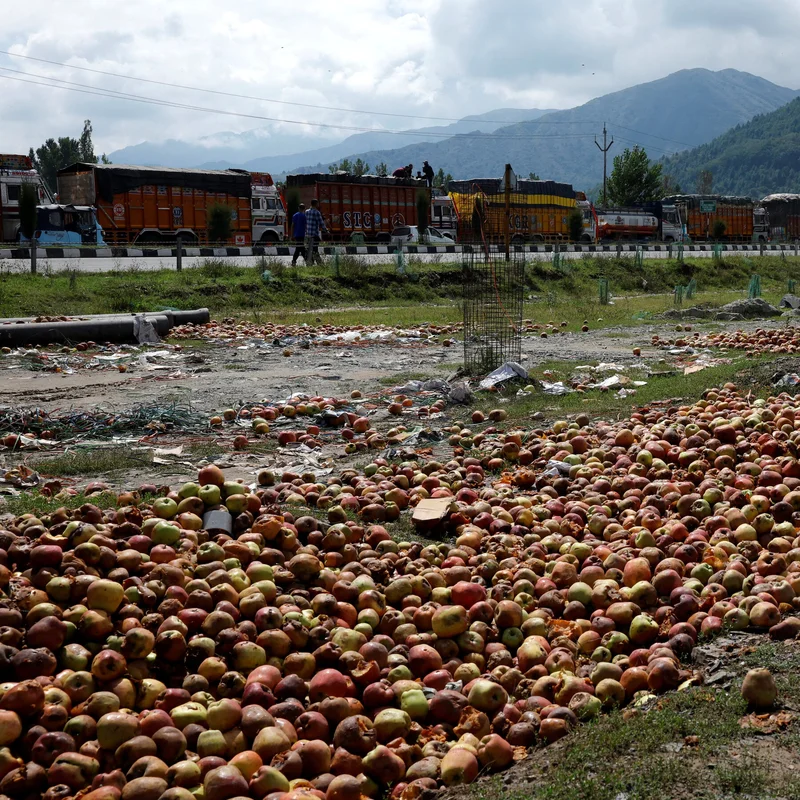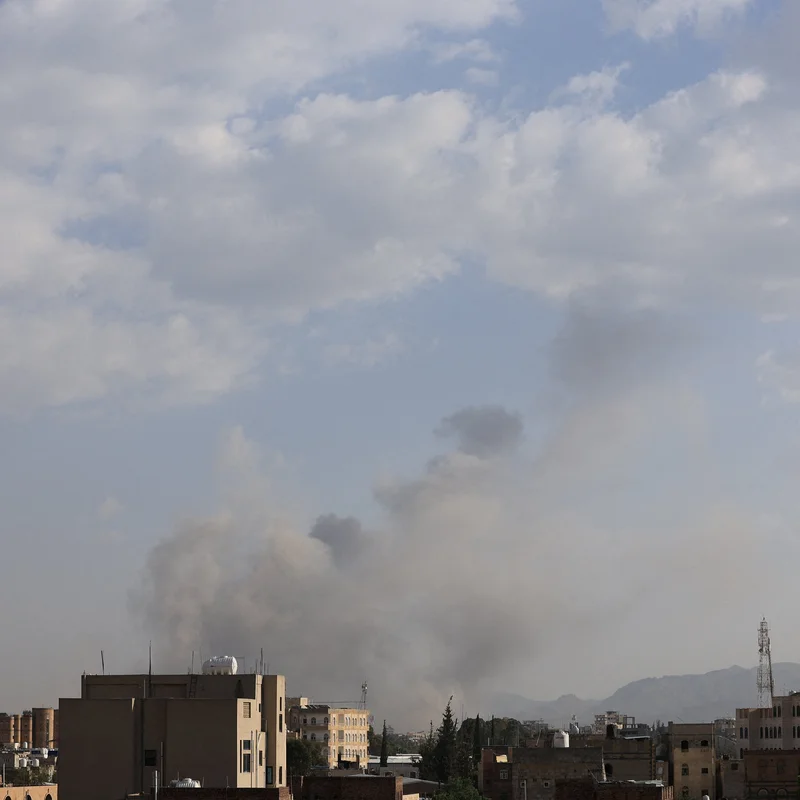Table of Contents
- Voices from Gaza: A Human Archive of Survival
- The Return: Finding Faces in the Rubble
- What Changed—and What Didn’t
- Infographic: Two Years in Numbers
- Why These Stories Matter Now More Than Ever
- Sources
Voices from Gaza: A Human Archive of Survival
Two years have passed since the October 7, 2023 Hamas attack on Israel ignited a devastating war in Gaza. In that time, the New York Times team has spoken with over 700 people across the strip—mothers, teachers, doctors, children, aid workers—each carrying a story etched in loss, resilience, and uncertainty. These Gaza voices weren’t just interviews; they became a living archive of a society under siege.
What makes this reporting extraordinary isn’t just the scale—it’s the return. Journalists went back to find many of those same individuals again, to see how their lives had shifted in the wake of relentless bombardment, displacement, and humanitarian collapse.
The Return: Finding Faces in the Rubble
Reconnecting wasn’t easy. Neighborhoods had vanished. Phone lines were dead. Entire families had relocated multiple times. Yet, the team persisted—tracking down people in overcrowded shelters, makeshift camps, and the skeletal remains of once-thriving communities.
One woman, interviewed in early 2024 while cradling her newborn in a tent near Khan Younis, was found months later in Rafah—her child now walking, her eyes heavier, her hope quieter. A teenage boy who once dreamed of becoming an engineer now spends his days digging through rubble for scrap metal to sell. These are not just updates—they’re testaments to how war reshapes identity, ambition, and even memory.
What Changed—and What Didn’t
Despite the passage of time, some truths remain unchanged: the scarcity of clean water, the collapse of healthcare, the trauma echoing through every generation. But amid the despair, small acts of defiance endure—a classroom held under a tarp, a wedding celebrated with borrowed clothes, a grandmother reciting poetry to her grandchildren by candlelight.
Gaza Voices: Echoes of a Fractured Normalcy
The Gaza voices project reveals a paradox: people adapting to the unlivable. They’ve learned to ration flour, to sleep through airstrikes, to grieve without ceremony. Yet, they still speak of tomorrow—with caution, yes, but also with a stubborn belief that their stories deserve to be heard beyond headlines and hashtags.
Infographic: Two Years in Numbers
| Metric | Figure (as of Oct 2025) |
|---|---|
| People interviewed by NYT | 700+ |
| Estimated displaced in Gaza | 1.9 million |
| Homes destroyed or damaged | Over 60% |
| Healthcare facilities non-functional | ~70% |
| Children out of school | Nearly 1 million |
Why These Stories Matter Now More Than Ever
As global attention wanes and diplomatic efforts stall, these Gaza voices serve as a crucial counter-narrative to abstraction. They remind us that behind every statistic is a person who once had a routine, a favorite street, a future plan. Revisiting them isn’t just journalism—it’s an act of witness.
In an era of information overload, the decision to return to the same faces, to ask “How are you now?”—that’s where empathy begins. And perhaps, where peace might one day take root.



